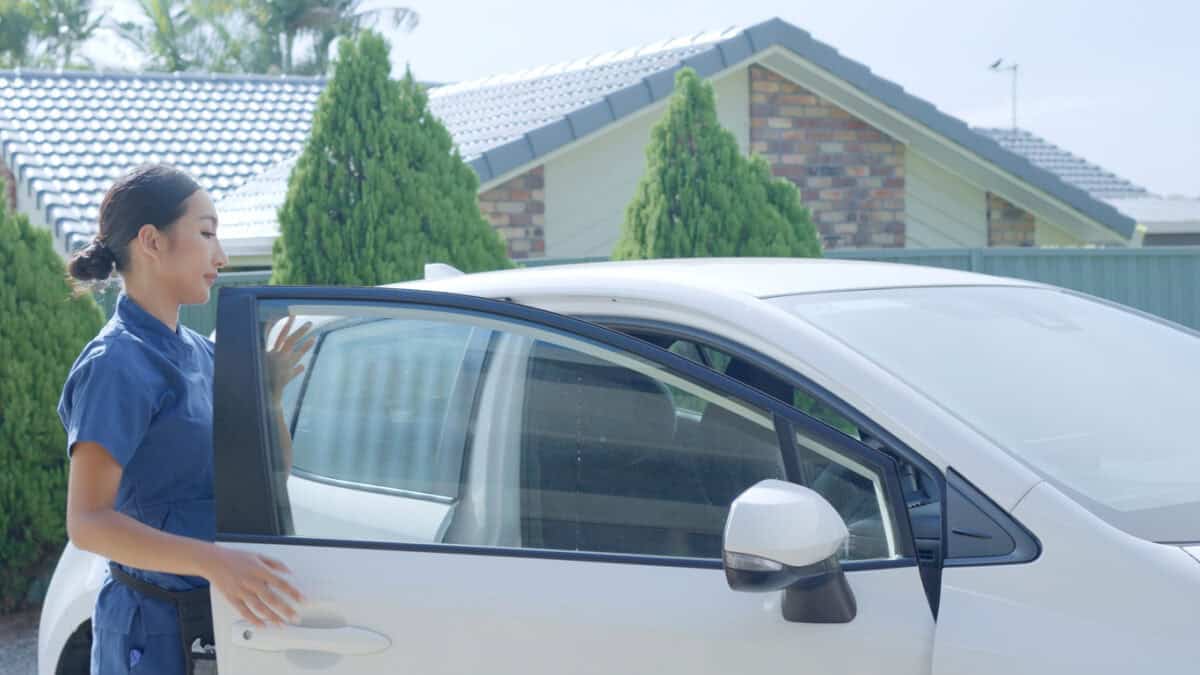Recently, SafeWorkNSW launched a health and safety campaign for those who provide services in people’s homes, essentially Home Care providers. The message is good and simple, but this article is less about the campaign than the risk assessment and checklist forms they promote.
Many checklists expect a Yes/No answer but fail to ask a question. SafeWorkNSW’s Home Safety Risk Assessment is an example of this problem.
Here is the first assessment criterion:
“Vehicle parking at or near the home.”
A Yes or No answer is expected in the adjacent columns. Why is this a statement instead of a question encouraging the desired Yes or No response? For instance:
“Is parking for your vehicle available at or near the home?”
Suppose the assessment is intended to be an effective method of communication with homeowners of varying age, literacy and mental capacity or their carers. In that case, a question seems more inviting and engaging without losing any clarity.
The Risk Assessment accepts that some criteria may not apply to this workplace scenario, but why include an N/A in the Comments or Actions cell? Couldn’t there be three response columns: Yes, No, or N/A?
If an N/A column has not been included to allow for more space in the Comments or Action column, could the response column be singular and blank instead? There is only one response to each criterion, so the instructions could have said:
“Please respond Yes, No or N/A”.
Also, the Risk Assessment frequently includes two criteria in one statement, rendering any response debatable, when reducing debatability is a major benefit of assessments and checklists. For instance:
“Entry/Exit to the yard or home is well-lit and easily accessible in low light or at night.”
Is Yes confirmation of lighting and accessibility, or one or the other?
One example of multiple criteria is in this assessment of the Yard:
“Yard: free from clutter, council bins stored in suitable location and easy to move, lawn maintained, access to clothesline clear and on stable surface. Outdoor pets restrained and/or non-threatening”
This includes seven or eight criteria depending on whether your pet is non-threatening. (My chickens are non-threatening egg producers)
How is the responder expected to juggle these criteria by answering Yes, No or N/A?
The Home Safety Checklist is less complex. It also has multiple criteria in a statement, and the statements are not structured as questions.
Depending on the industry and work tasks required, checklists and risk assessments span from minor to complex and insignificant to vital. Still, all of them should be safety procedural gates that can only be opened when completed. They should be considered permissions to proceed to the next safe step, such as site access and service provision. They are also valuable records of a workplace/home status at the time of the visit. These may be even more important if the assessment has identified an unsafe condition for the worker, requiring the potential service to be denied or postponed.
These documents, supported by a short webinar, could be invaluable for organisations that have no risk assessment processes for home care. For others, they allow a comparison to what the OHS regulator reckons are important risk criteria in this work situation. But they need work to communicate more effectively.
And many of the criteria could be used as the basis for a useful Working At Home risk assessment.

